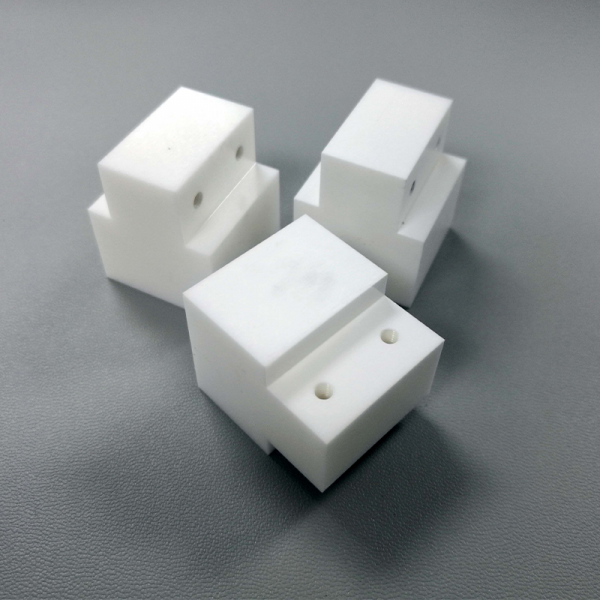1. Dental Applications
Zirconia ceramic has emerged as a highly sought-after material in the dental industry due to its outstanding aesthetic qualities and mechanical strength. Its translucency closely resembles natural tooth enamel, making it an ideal choice for dental crowns and bridges. Additionally, zirconia’s exceptional resistance to wear and corrosion enhances the longevity of dental restorations. The material’s biocompatibility ensures that it integrates well with the human body, supporting its continued adoption in dental applications. Given these advantages, the inclusion of zirconia ceramic in dental practices is both a practical and beneficial option for patients and practitioners alike.

2. Aerospace Components
In the aerospace sector, zirconia ceramic is valued for its lightweight properties and thermal resistance. Its ability to withstand extreme temperatures makes it an ideal choice for components exposed to high-stress environments, such as turbine blades and seals. The reduced thermal conductivity of zirconia ceramic ensures energy efficiency, allowing for improved performance without compromising safety. Manufacturers in aerospace engineering are increasingly recognizing the benefits of using zirconia ceramic as a pivotal material in innovative design solutions for aircraft and spacecraft.
3. Electronics Industry
The electronics industry benefits significantly from zirconia ceramics due to their outstanding insulative properties. Zirconia ceramic is utilized in capacitors, resistors, and insulators, providing reliability in electronic devices. Its high mechanical toughness allows components to endure vibration and impact, which is crucial for maintaining integrity in various applications. As the demand for miniaturized electronics rises, the use of zirconia ceramic provides a robust solution for manufacturers aiming to deliver advanced products while ensuring efficiency and performance.
The Zirconia Ceramic Manufacturing Process
The development of zirconia ceramic begins with the careful selection of raw materials, followed by a precise zirconia ceramic manufacturing process. This process typically involves forming, drying, and sintering stages that ensure the conversion of powder into a dense, solid material. The ability to control the microstructure during the sintering phase significantly influences the material’s final properties, such as strength and thermal stability. Advanced techniques like hot isostatic pressing can further enhance the physical attributes of the zirconia ceramic. Understanding this zirconia ceramic manufacturing process is essential for manufacturers striving to deliver high-quality materials that meet industry demands.

The Role of Zirconia Ceramic Manufacturers
The success of zirconia ceramic applications heavily relies on the expertise of zirconia ceramic manufacturers. These manufacturers not only specialize in the production of zirconia but also invest in research and development to optimize properties for specific applications. Their technological advancements and innovations enable them to offer tailored solutions for diverse industries. Collaborating with reputable zirconia ceramic manufacturers ensures access to high-quality products and support in application-specific developments, enhancing overall project outcomes in fields varying from aerospace to dental applications.
Conclusion: Recommendation of Great Ceramic
In summary, the diverse applications of zirconia ceramic across industries highlight its significance in modern technology. The reliable manufacturing process ensures that products meet stringent quality standards, while expert manufacturers provide essential support. Among the leading suppliers, Great Ceramic stands out for its commitment to excellence and strategic supply advantages, making them an ideal choice for businesses seeking high-quality zirconia ceramic products.